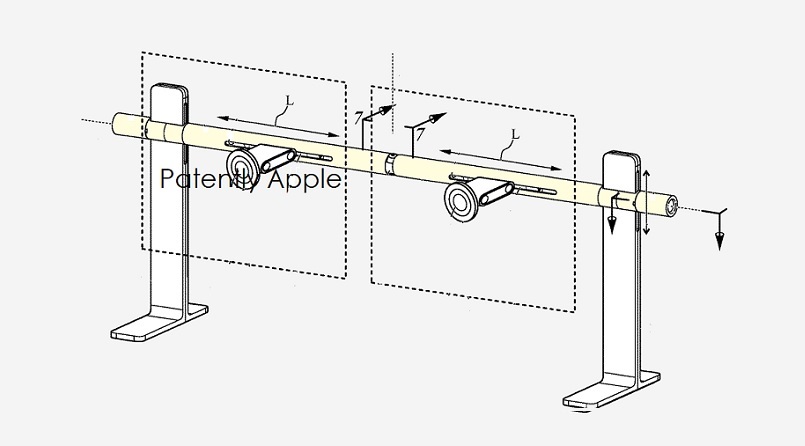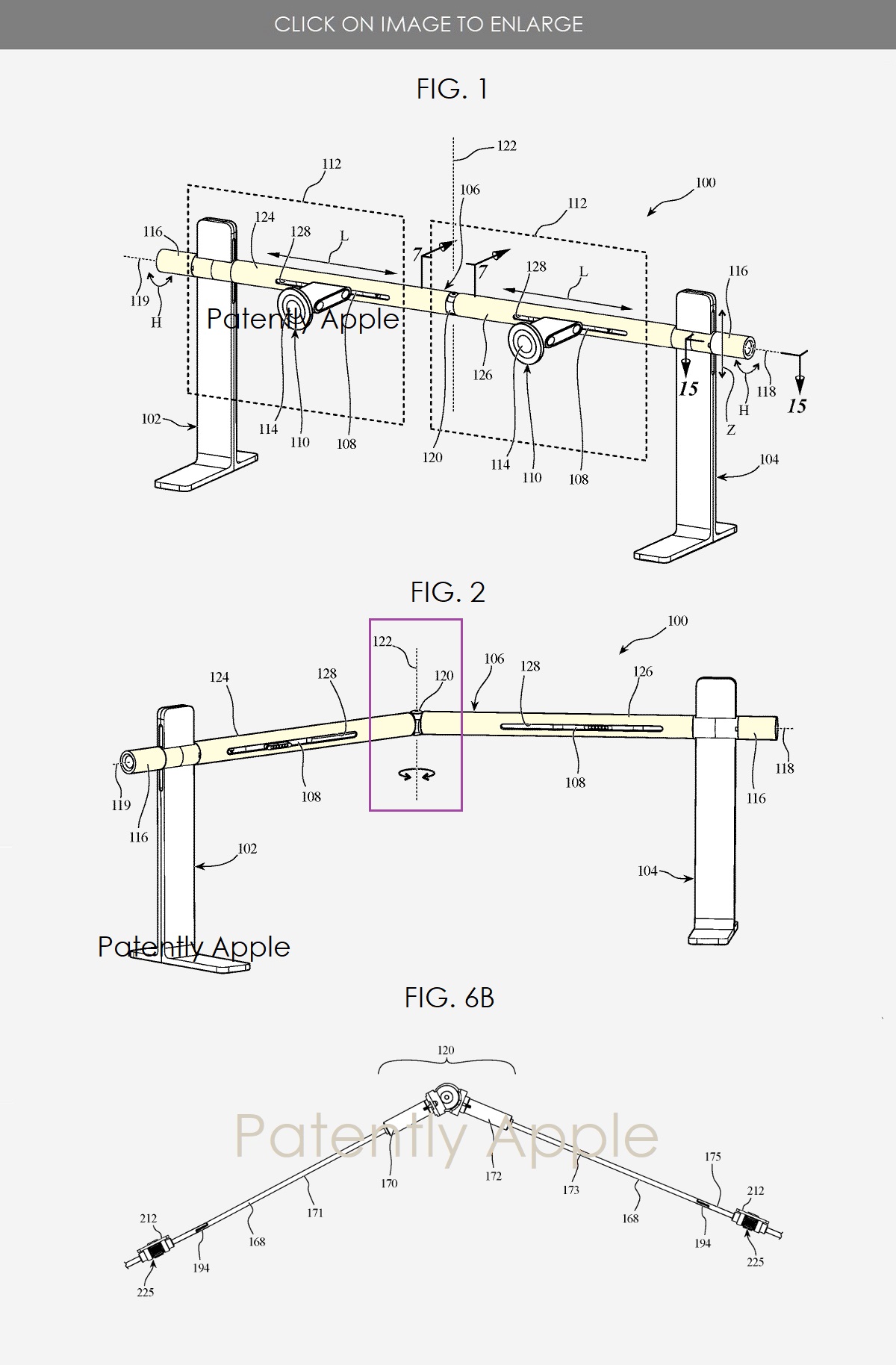Apple invents 'Dual Pro Stand' to mount multiple Pro Display XDRs

What you need to know
- Apple has invented a new stand for the Pro Display XDR.
- The stand would support multiple Pro Display XDR monitors while giving complete freedom of movement to both.
Reported by Patently Apple, the company has invented a new Pro Stand for the Pro Display XDR. The Dual Pro Stand for the Pro Display XDR is an insane stand that enables those who have professional workflow needs the maximum flexibility to work with two of Apple's premium display.
Apple's patent notes that when most users use multiple displays that they are individually mounted or connected from a single support point.
Apple's invention covers a support stand for multiple displays. In their patent background they note that when users use multiple displays in a workspace, the displays are generally supported by multiple different individual stands or by independently-movable arms that extend from a single support point.
Apple goes on to point out that displays set up this way are either difficult to align correctly with each other or that they cannot be adjusted individually.
These individual stands or arms unnecessarily take up large spaces, are often aesthetically unpleasing, overcomplicated, and have inefficient redundant mechanisms. When multiple displays are used on independent arms, they can be difficult to align in a smooth and precise way due to inconsistent counterbalancing and arm lengths. When multiple displays are used on a single support, they cannot be effectively adjusted relative to each other about a vertical axis.

Apple's new Dual Pro Stand for two multiple Pro Display XDR monitors is one continuous piece that allows both displays with "vertical, horizontal, and center pivot degrees of freedom."
The stand can have two legs spaced at end portions of the stand (e.g., farther apart than the mounting points of the outermost displays) that are linked by a substantially horizontal support bar. The support bar can be vertically adjustable relative to the legs by synchronized adjustment of carriage assemblies associated with each of the legs. The legs can be referred to as vertical supports or vertical support bases. The vertical position of the support bar can be simultaneously adjusted relative to each of the legs due to a linking rod extending across the length of the support bar.
It is currently unknown if the product will come to market and, if so, when it may be released.
iMore offers spot-on advice and guidance from our team of experts, with decades of Apple device experience to lean on. Learn more with iMore!

Joe Wituschek is a Contributor at iMore. With over ten years in the technology industry, one of them being at Apple, Joe now covers the company for the website. In addition to covering breaking news, Joe also writes editorials and reviews for a range of products. He fell in love with Apple products when he got an iPod nano for Christmas almost twenty years ago. Despite being considered a "heavy" user, he has always preferred the consumer-focused products like the MacBook Air, iPad mini, and iPhone 13 mini. He will fight to the death to keep a mini iPhone in the lineup. In his free time, Joe enjoys video games, movies, photography, running, and basically everything outdoors.
